Home>Gardening & Outdoor>Plant Care & Gardening Tips>How To Sow Wildflower Seeds In Minnesota
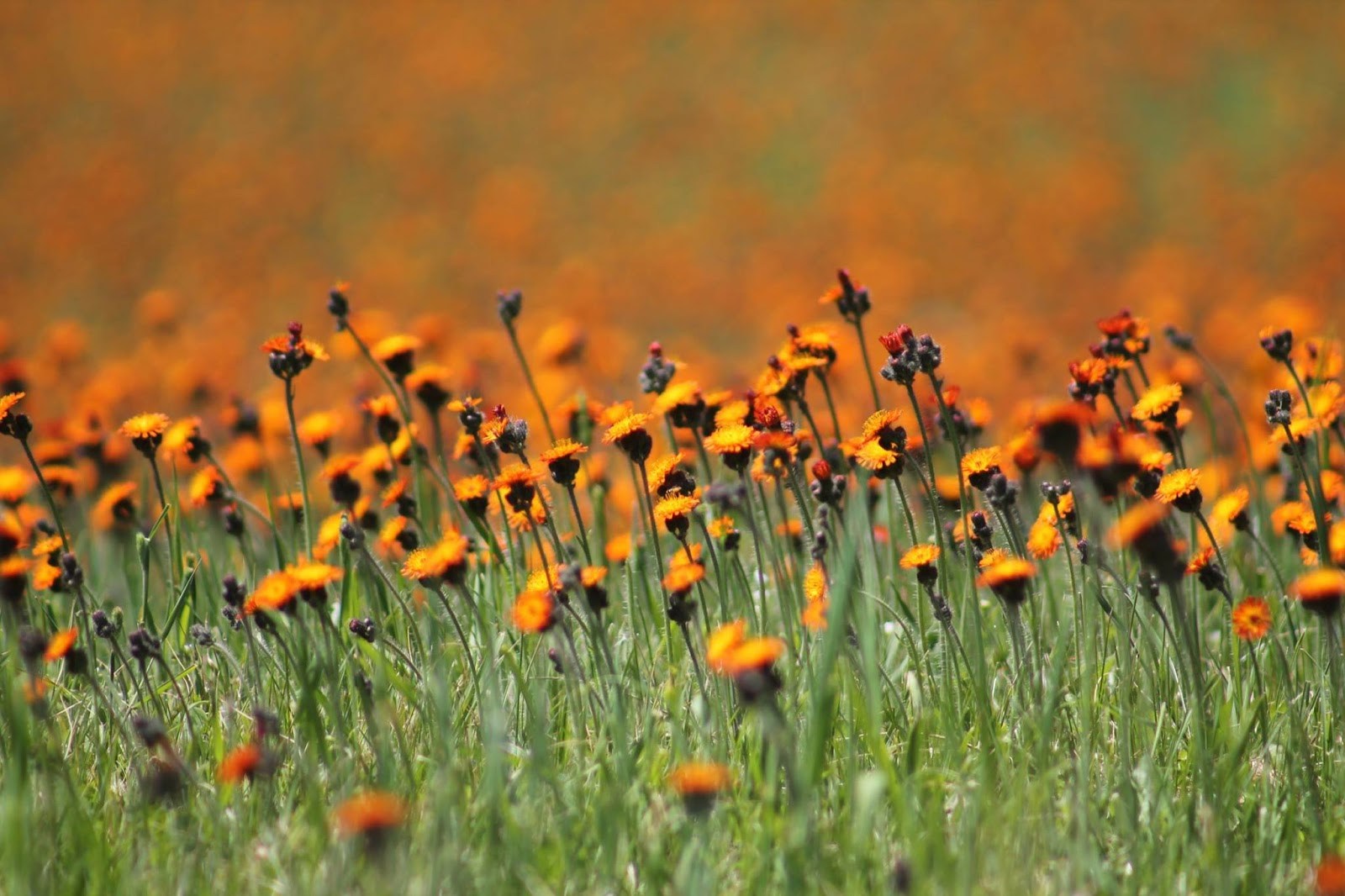

Plant Care & Gardening Tips
How To Sow Wildflower Seeds In Minnesota
Modified: January 5, 2024
Learn how to sow wildflower seeds in Minnesota with expert plant care and gardening tips. Discover the best practices for successful wildflower planting in the Minnesota climate.
(Many of the links in this article redirect to a specific reviewed product. Your purchase of these products through affiliate links helps to generate commission for Storables.com, at no extra cost. Learn more)
Introduction
Welcome to the enchanting world of wildflowers in Minnesota! If you're looking to add a splash of natural beauty to your garden or landscape, sowing wildflower seeds is a wonderful way to do so. Minnesota's diverse climate and soil conditions provide an ideal environment for a wide variety of wildflowers to thrive, creating breathtaking displays of color and vitality.
In this guide, we'll delve into the art of sowing wildflower seeds in Minnesota, exploring the essential steps to ensure successful growth and vibrant blooms. Whether you're a seasoned gardener or a newcomer to the world of wildflowers, this article will equip you with the knowledge and insights needed to cultivate a stunning wildflower garden that flourishes in the unique conditions of the Land of 10,000 Lakes.
Join us as we uncover the magic of wildflowers and embark on a journey to create a tapestry of natural wonder right in your own backyard. Let's dive into the fascinating realm of wildflower gardening in Minnesota, where every seed holds the promise of a spectacular floral display.
Key Takeaways:
- Embrace the enchanting world of Minnesota’s wildflowers by selecting native seeds, preparing the soil, and caring for your garden to create a vibrant and sustainable floral haven.
- Sowing wildflower seeds in Minnesota is a journey of resilience, beauty, and connection to nature, fostering habitats for wildlife and celebrating the enduring legacy of native flora.
Read more: How To Sow Wildflower Seeds In Grass
Understanding Wildflowers in Minnesota
Minnesota is home to a rich tapestry of native wildflowers, each with its own unique charm and significance. From the iconic Lady’s Slipper to the vibrant Purple Coneflower, these wild beauties grace the landscapes with their stunning hues and contribute to the ecological diversity of the region.
One of the most captivating aspects of wildflowers is their adaptability to Minnesota’s varied climates, including the cold winters and warm summers. Many native species have evolved to thrive in these conditions, making them well-suited for gardeners seeking resilient and low-maintenance flora.
Understanding the native wildflowers of Minnesota is essential for successful gardening. It allows you to select the right species that will not only survive but also thrive in your specific location. Additionally, incorporating native wildflowers into your garden contributes to the preservation of the state’s natural heritage and supports local pollinators and wildlife.
As you embark on your wildflower gardening journey, take the time to appreciate the diversity of species that call Minnesota home. Each wildflower has a story to tell, deeply rooted in the history and ecology of the region. By cultivating these native blooms, you become a steward of Minnesota’s natural legacy, playing a vital role in conserving its floral heritage for generations to come.
Selecting the Right Wildflower Seeds
Choosing the perfect wildflower seeds is a crucial step in creating a thriving and visually stunning garden in Minnesota. With a plethora of native species to select from, it’s essential to consider factors such as bloom time, soil type, and sunlight requirements to ensure the best possible results.
When selecting wildflower seeds, it’s beneficial to opt for native species that are well-adapted to Minnesota’s climate and soil conditions. Native wildflowers have evolved to thrive in the region’s specific ecosystems, making them resilient and ideally suited for local gardens. Additionally, native plants play a vital role in supporting the state’s pollinators and wildlife, making them an ecologically conscious choice.
Consider the bloom time of the wildflowers you choose, aiming for a diverse selection that will provide continuous blooms throughout the growing season. This not only ensures a visually dynamic garden but also provides essential nectar and pollen sources for pollinators, contributing to the overall health of the ecosystem.
Another crucial factor to consider is the sunlight requirements of the selected wildflowers. Some species thrive in full sun, while others prefer partial or full shade. By understanding the sunlight needs of each wildflower, you can strategically plan the layout of your garden to optimize growing conditions and create harmonious visual effects.
Furthermore, take into account the soil type and moisture levels in your garden. Certain wildflowers prefer well-drained soils, while others thrive in moist or even wet conditions. By matching the soil and moisture requirements of the wildflowers with the characteristics of your garden, you can set the stage for robust growth and abundant blooms.
By thoughtfully selecting the right wildflower seeds, you set the foundation for a flourishing garden that not only enhances the beauty of your outdoor space but also contributes to the sustainability of Minnesota’s natural ecosystems.
Preparing the Soil
Before sowing wildflower seeds in Minnesota, it’s essential to prepare the soil to provide an optimal environment for germination and growth. Proper soil preparation sets the stage for healthy root development and robust blooming, ensuring that your wildflowers thrive in their new home.
Start by clearing the area of any debris, such as rocks, weeds, and other unwanted vegetation. This allows the wildflower seeds to make direct contact with the soil and reduces competition for resources, giving them the best chance to establish themselves.
Next, assess the soil texture and structure. Many wildflowers prefer well-drained soils with a loamy texture, rich in organic matter. If your garden soil is compacted or lacks organic content, consider incorporating compost or well-rotted manure to improve its fertility and structure. This enhances the soil’s ability to retain moisture and nutrients, providing an ideal foundation for wildflower growth.
Consider conducting a soil test to determine the pH level and nutrient content of the soil. Wildflowers have varying preferences for soil pH, so adjusting the pH level, if necessary, can create an environment that is conducive to their specific needs. Additionally, amending the soil with organic fertilizers or minerals based on the soil test results can help provide the essential nutrients that wildflowers require for healthy development.
Once the soil has been cleared and amended, gently rake the surface to create a fine, level seedbed. This facilitates good seed-to-soil contact, which is crucial for successful germination. Avoid tilling the soil too deeply, as this can disturb the natural layers and microorganisms that contribute to a healthy soil ecosystem.
By taking the time to prepare the soil thoughtfully, you provide your wildflower seeds with the best possible start, setting the stage for a flourishing and vibrant garden that will delight both you and the local wildlife.
Choose a sunny spot with well-drained soil. Clear the area of weeds and loosen the soil. Scatter the wildflower seeds evenly and lightly press them into the soil. Water gently and keep the area moist until the seeds germinate.
Sowing Wildflower Seeds
Now comes the exciting moment of sowing your carefully selected wildflower seeds in your Minnesota garden. This step is where your vision begins to take root, and the promise of a colorful, biodiverse landscape starts to unfold. By following a few essential guidelines, you can ensure that your wildflower seeds have the best chance of germination and successful establishment.
Timing is crucial when it comes to sowing wildflower seeds. In Minnesota, the ideal time for sowing largely depends on the specific species you’ve chosen. Some wildflowers thrive when sown in early spring, while others prefer to be sown in late fall. Researching the optimal sowing time for each species ensures that you align your planting schedule with their natural growth patterns.
Before sowing, consider the method that best suits the characteristics of the wildflower seeds. Some seeds benefit from a period of cold stratification to break dormancy, mimicking the natural conditions they would experience in the wild. Others may require scarification, which involves nicking or scratching the seed coat to promote germination. Understanding the unique needs of each species allows you to employ the most effective sowing techniques.
When sowing the seeds, ensure good seed-to-soil contact by gently pressing them into the prepared seedbed. For smaller seeds, mixing them with a carrier material such as sand can help distribute them evenly and prevent overcrowding. After sowing, lightly rake the soil to cover the seeds with a thin layer of soil, as some wildflowers require darkness to germinate.
Water the seeded area gently to provide moisture for germination, taking care not to dislodge the seeds. Depending on the species, you may need to maintain consistent moisture levels during the germination period to support the emerging seedlings. Keep in mind that while some wildflowers thrive in drier conditions, others require more consistent moisture to establish themselves.
By sowing your wildflower seeds with care and consideration for their unique requirements, you set the stage for a captivating and sustainable garden that celebrates the beauty and resilience of Minnesota’s native flora.
Read more: When To Sow Wildflower Seeds In Oregon
Caring for Wildflowers
Once your wildflower seeds have been sown and the first delicate shoots emerge, it’s time to provide the care and attention necessary for their continued growth and development. Caring for wildflowers in your Minnesota garden involves thoughtful maintenance practices that support their resilience and natural beauty, ensuring a flourishing display of colors and textures.
One of the key aspects of caring for wildflowers is managing weeds that can compete with the emerging seedlings for essential resources. Regularly inspect the garden for unwanted vegetation and gently remove any weeds to prevent them from overshadowing or inhibiting the growth of your wildflowers. Mulching the area with organic materials can also help suppress weeds while retaining soil moisture, creating a favorable environment for your wildflowers to thrive.
As your wildflowers continue to grow, monitor the moisture levels in the soil, especially during dry periods. While native wildflowers are often well-adapted to local conditions, providing supplemental watering when needed can support their establishment and blooming. Be mindful of the specific moisture requirements of the wildflowers you’ve planted, as some species may prefer drier conditions once established.
Depending on the growth habits of the wildflowers, you may need to provide support to taller or more delicate species to prevent them from bending or breaking in inclement weather. Staking or gently tying the stems can help maintain the natural elegance of the plants while safeguarding them from potential damage.
It’s also essential to observe and appreciate the pollinators and wildlife that are attracted to your wildflower garden. Native wildflowers play a crucial role in supporting local ecosystems, providing essential food and habitat for a diverse array of insects, birds, and other wildlife. By creating a welcoming environment for these creatures, you contribute to the overall health and biodiversity of your garden and its surroundings.
Finally, embrace the natural beauty of wildflowers by allowing some spent blooms to remain on the plants. This not only adds visual interest to the garden but also provides seeds for future generations of wildflowers and supports local wildlife that rely on the seeds as a food source.
By caring for your wildflowers with attentiveness and respect for their ecological significance, you cultivate a vibrant and sustainable garden that reflects the timeless allure of Minnesota’s native flora.
Conclusion
As we conclude our journey through the art of sowing wildflower seeds in Minnesota, we are reminded of the profound beauty and ecological significance that native wildflowers bring to our lives and landscapes. By embracing the enchanting world of wildflowers, we embark on a captivating adventure that celebrates the resilience, diversity, and natural splendor of Minnesota’s flora.
Through the process of understanding, selecting, preparing, sowing, and caring for wildflowers, we become stewards of our local ecosystems, nurturing and preserving the rich tapestry of native plants that define the character of the region. Each wildflower seed sown is a testament to our commitment to sustainability, biodiversity, and the enduring beauty of the natural world.
As our gardens burst into a kaleidoscope of colors, we witness the transformative power of wildflowers, not only in creating breathtaking visual displays but also in fostering vital habitats for pollinators, wildlife, and the human spirit. The simple act of sowing wildflower seeds becomes a profound expression of our connection to the land, the seasons, and the intricate web of life that surrounds us.
In Minnesota, the allure of wildflowers extends far beyond their aesthetic appeal. It is a story of resilience, adaptation, and coexistence—a story that unfolds in every petal, leaf, and stem. By sowing wildflower seeds, we become part of this enduring narrative, contributing to the legacy of conservation and harmony with nature that defines the essence of Minnesota.
As you tend to your wildflower garden, may you find joy in the delicate blooms, solace in the rhythmic dance of the pollinators, and inspiration in the timeless wisdom of the natural world. Let the wildflowers of Minnesota be not only a testament to the beauty that surrounds us but also a call to nurture, protect, and cherish the precious ecosystems that sustain us all.
So, as you sow your wildflower seeds and watch them flourish, remember that you are not merely a gardener but a guardian of the land, a custodian of beauty, and a storyteller of the wildflowers’ enduring legacy.
Frequently Asked Questions about How To Sow Wildflower Seeds In Minnesota
Was this page helpful?
At Storables.com, we guarantee accurate and reliable information. Our content, validated by Expert Board Contributors, is crafted following stringent Editorial Policies. We're committed to providing you with well-researched, expert-backed insights for all your informational needs.
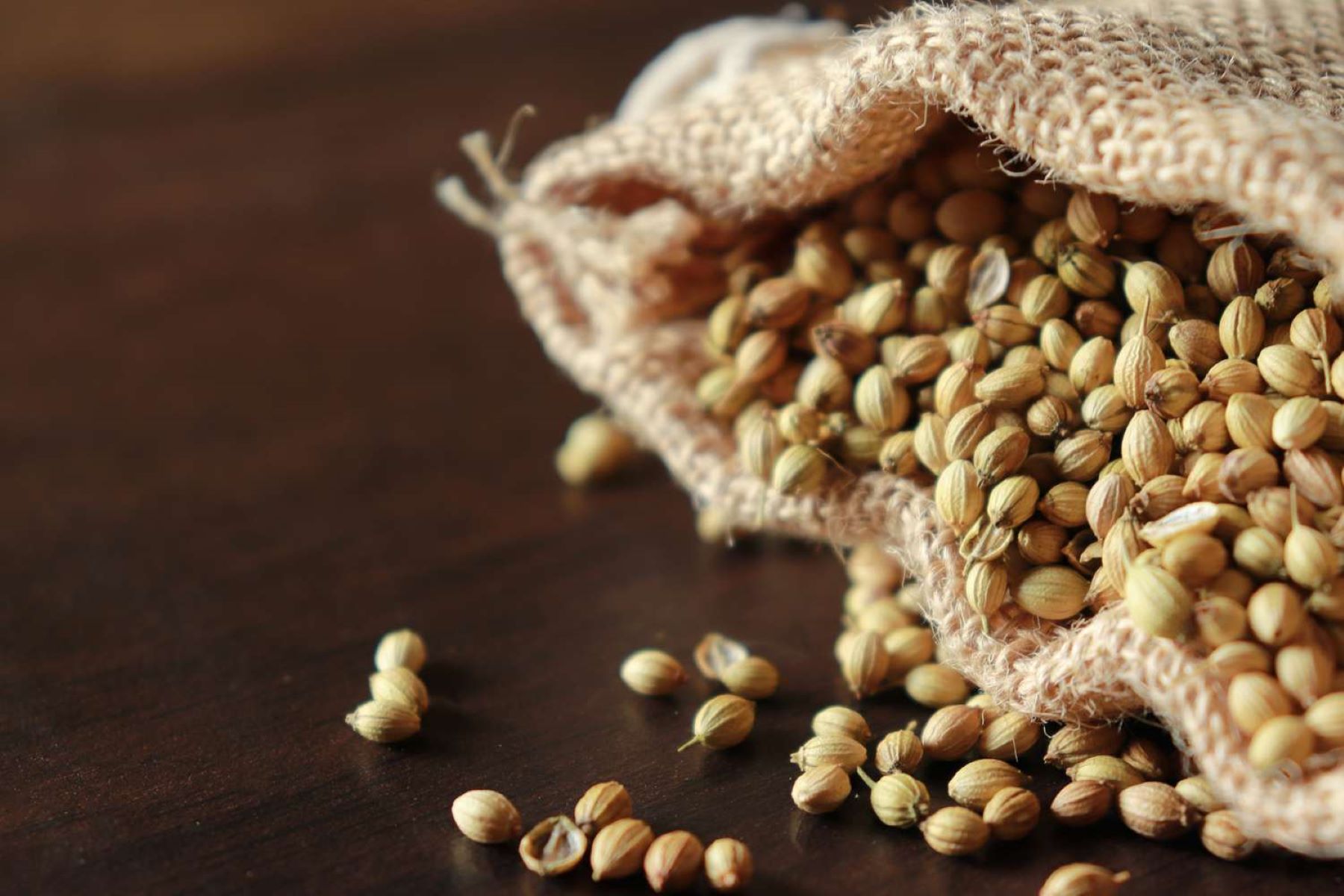
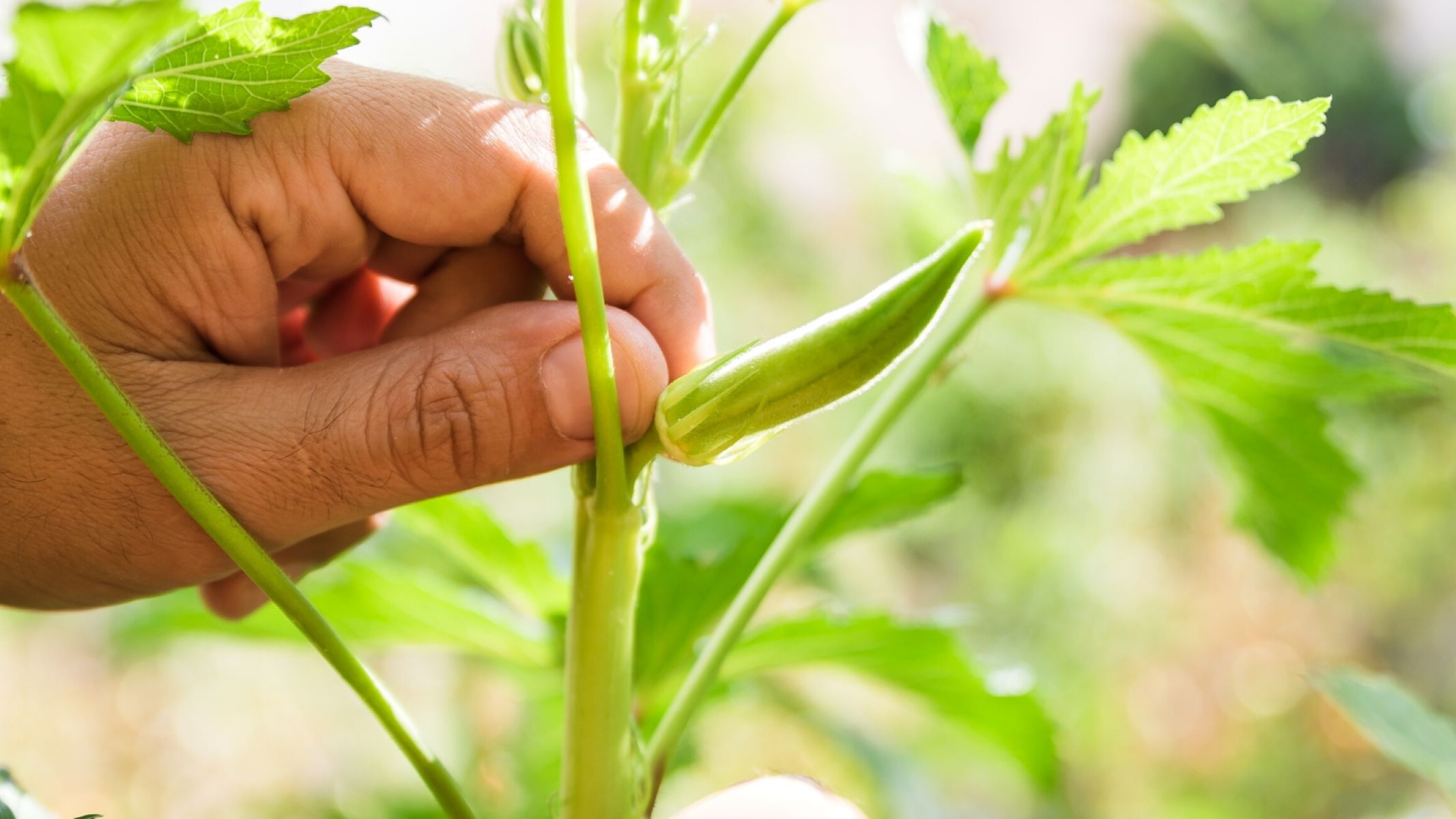
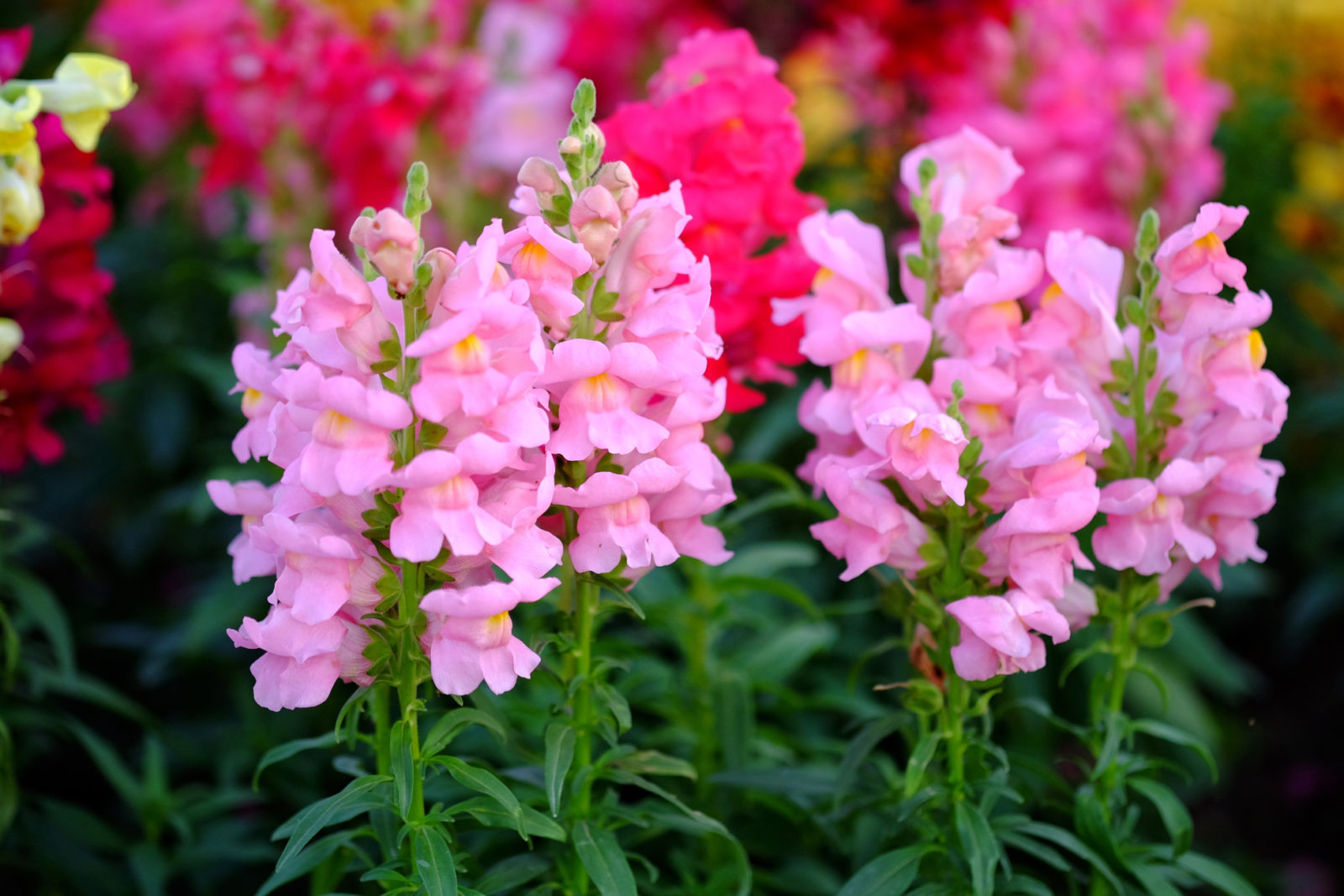
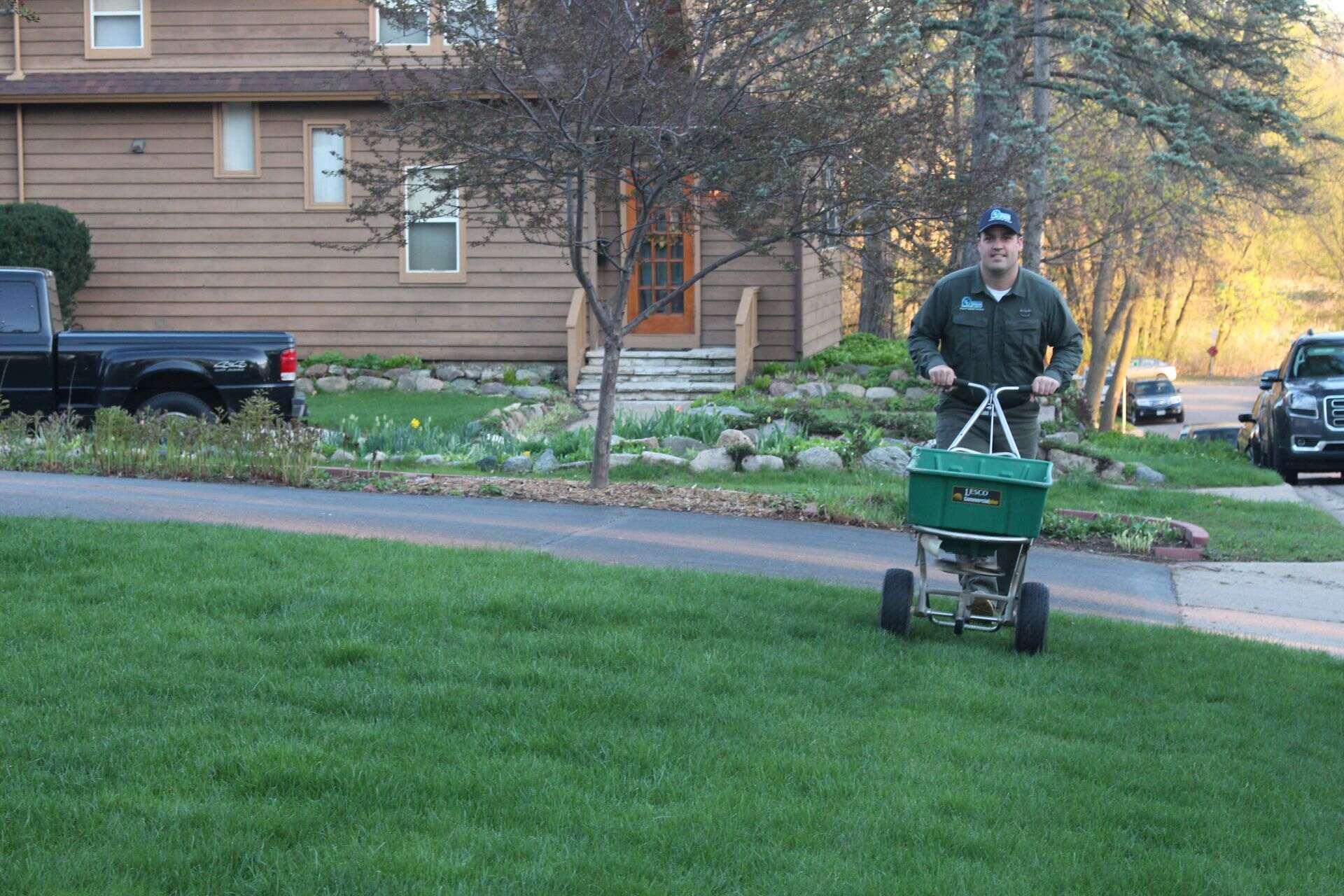
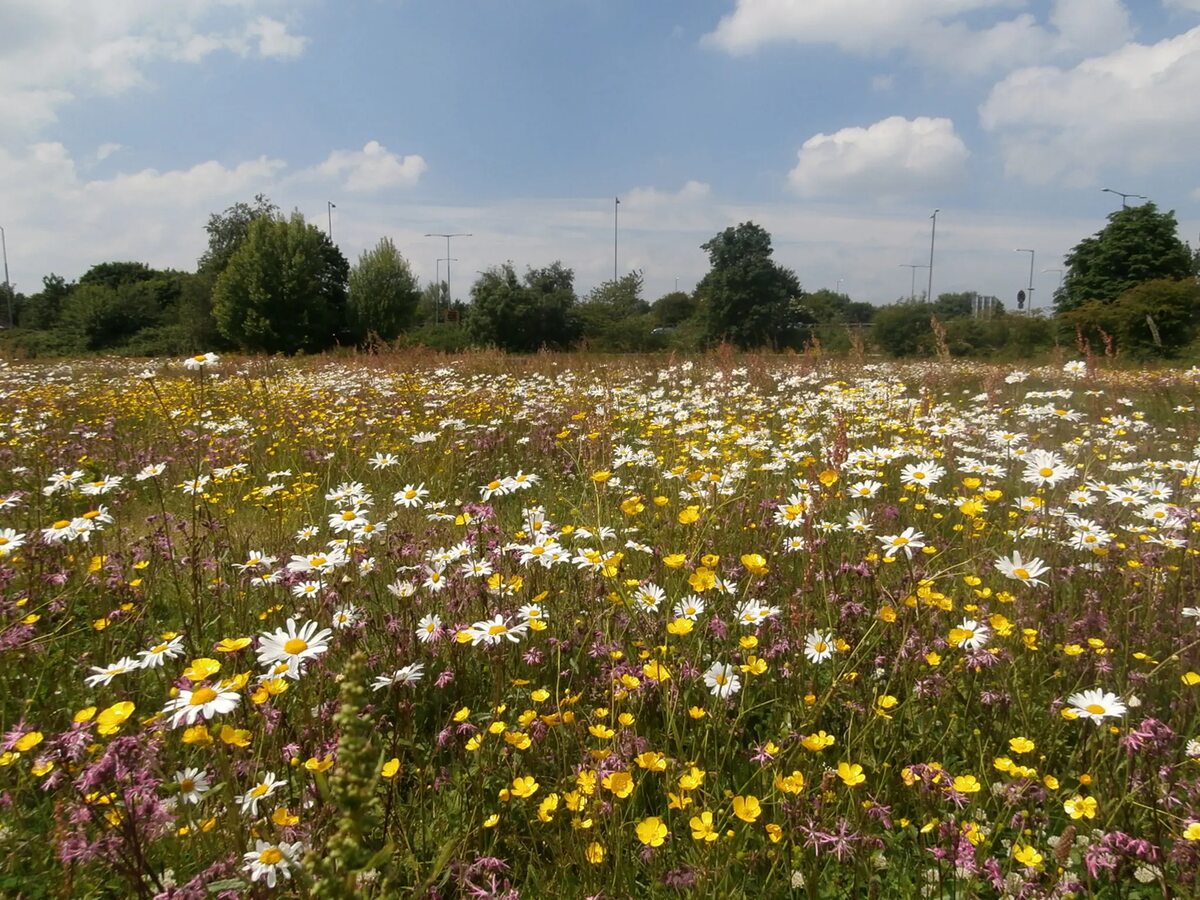
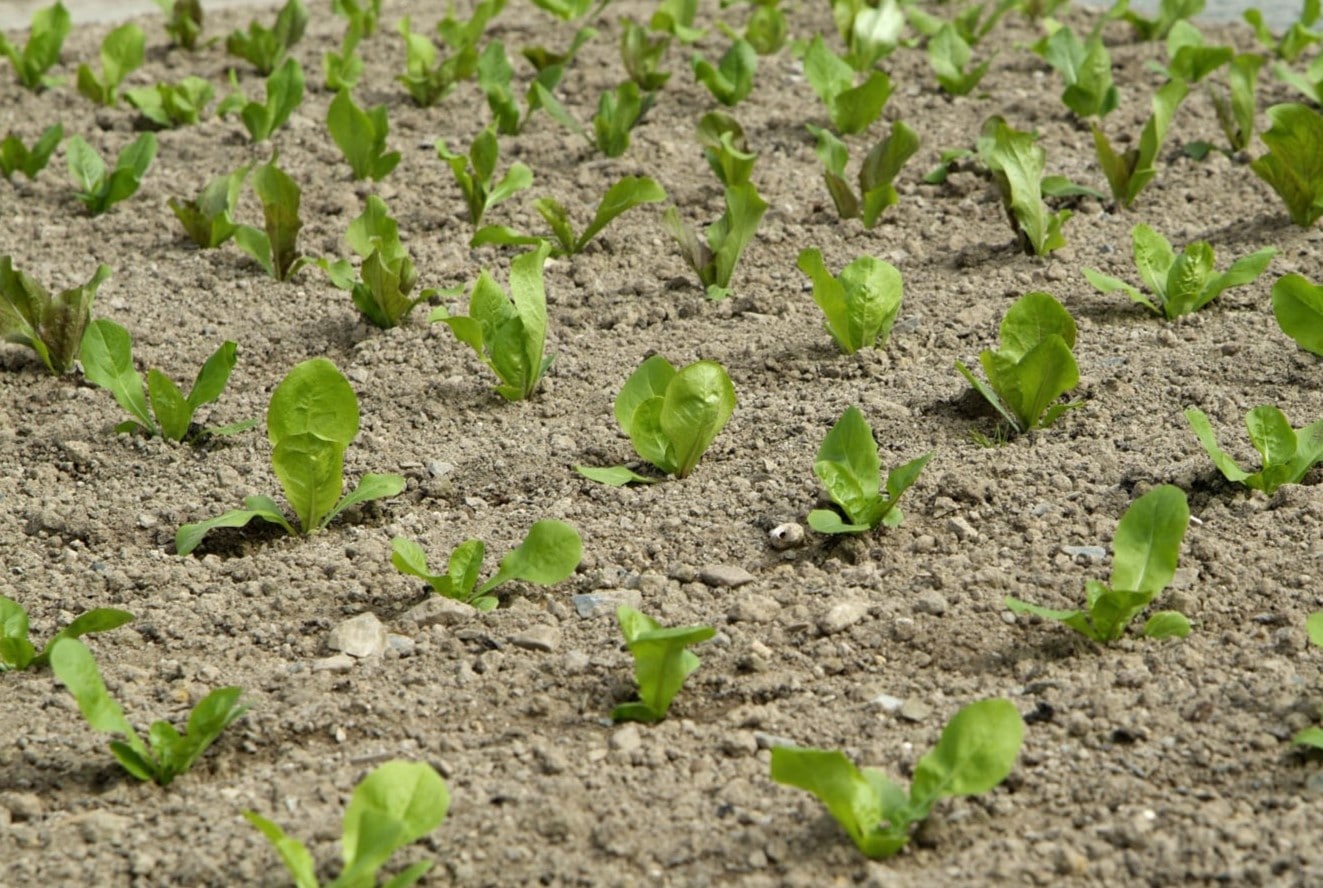
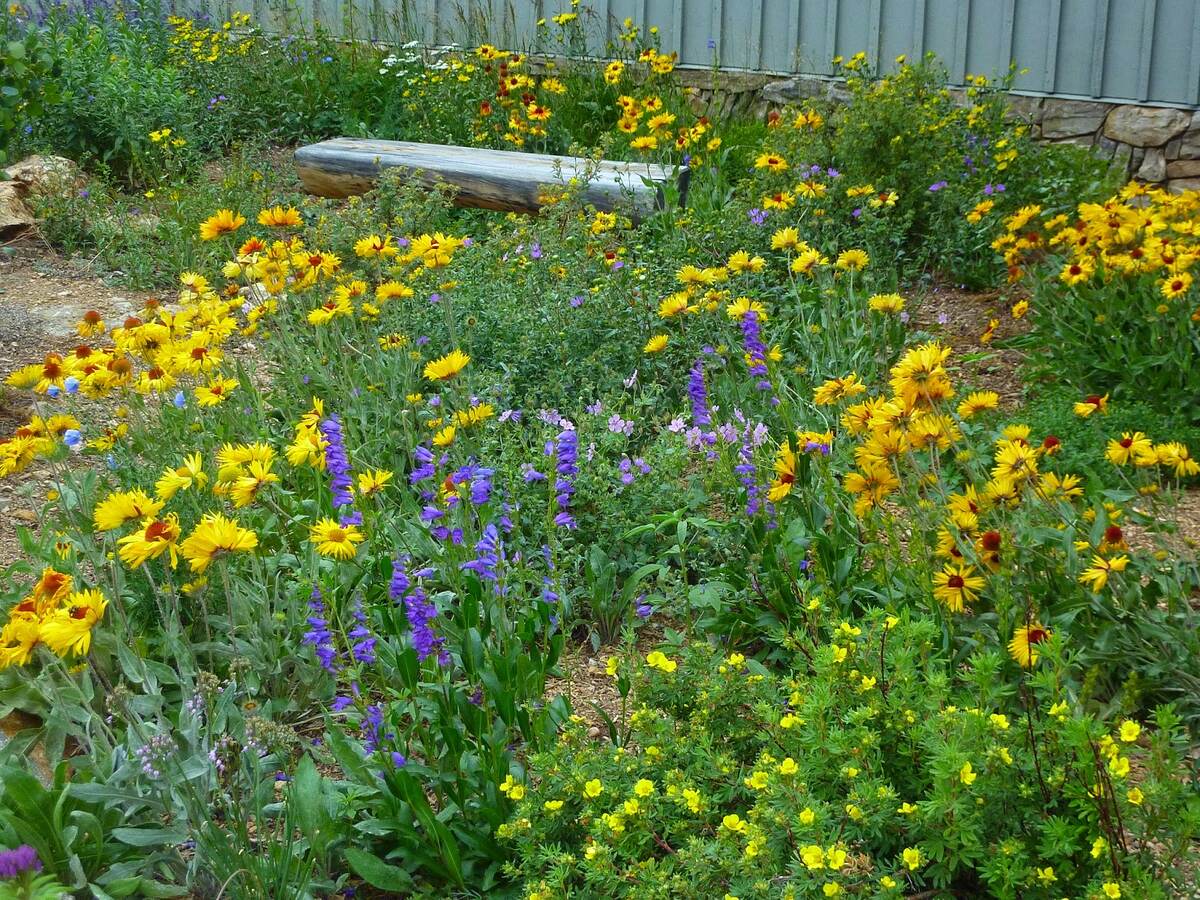
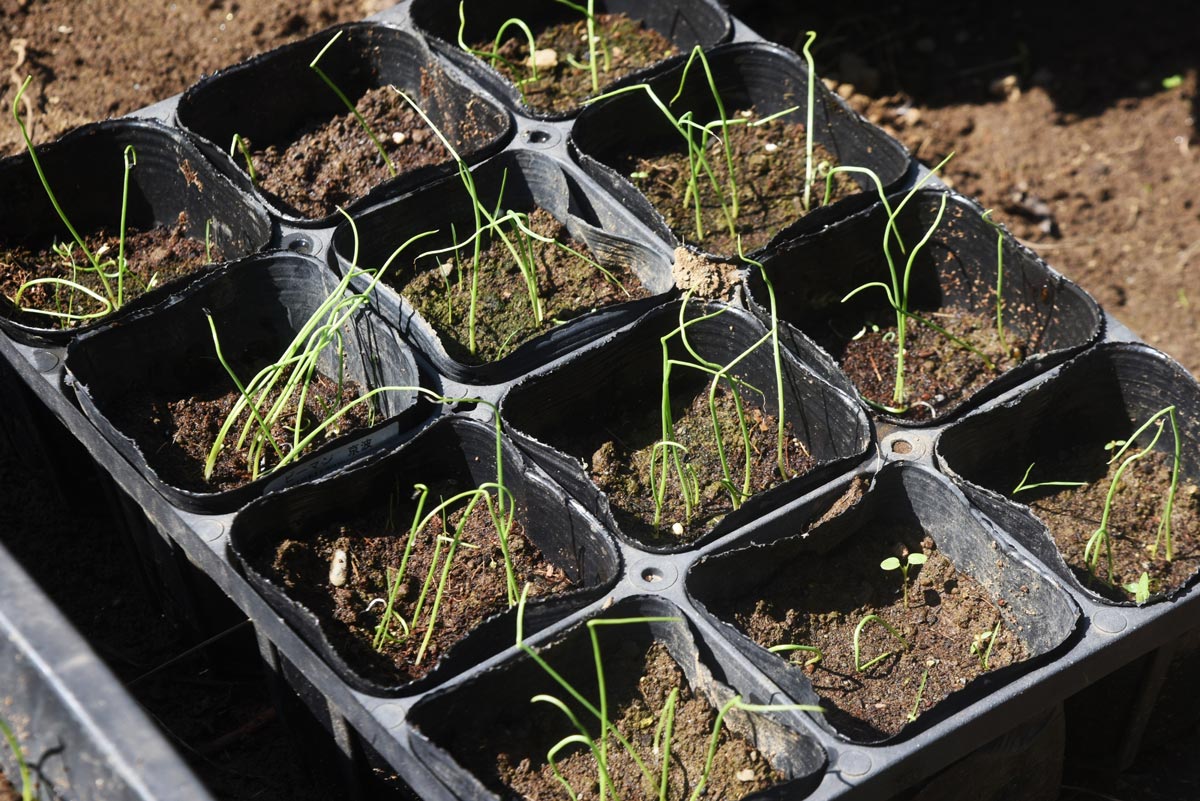
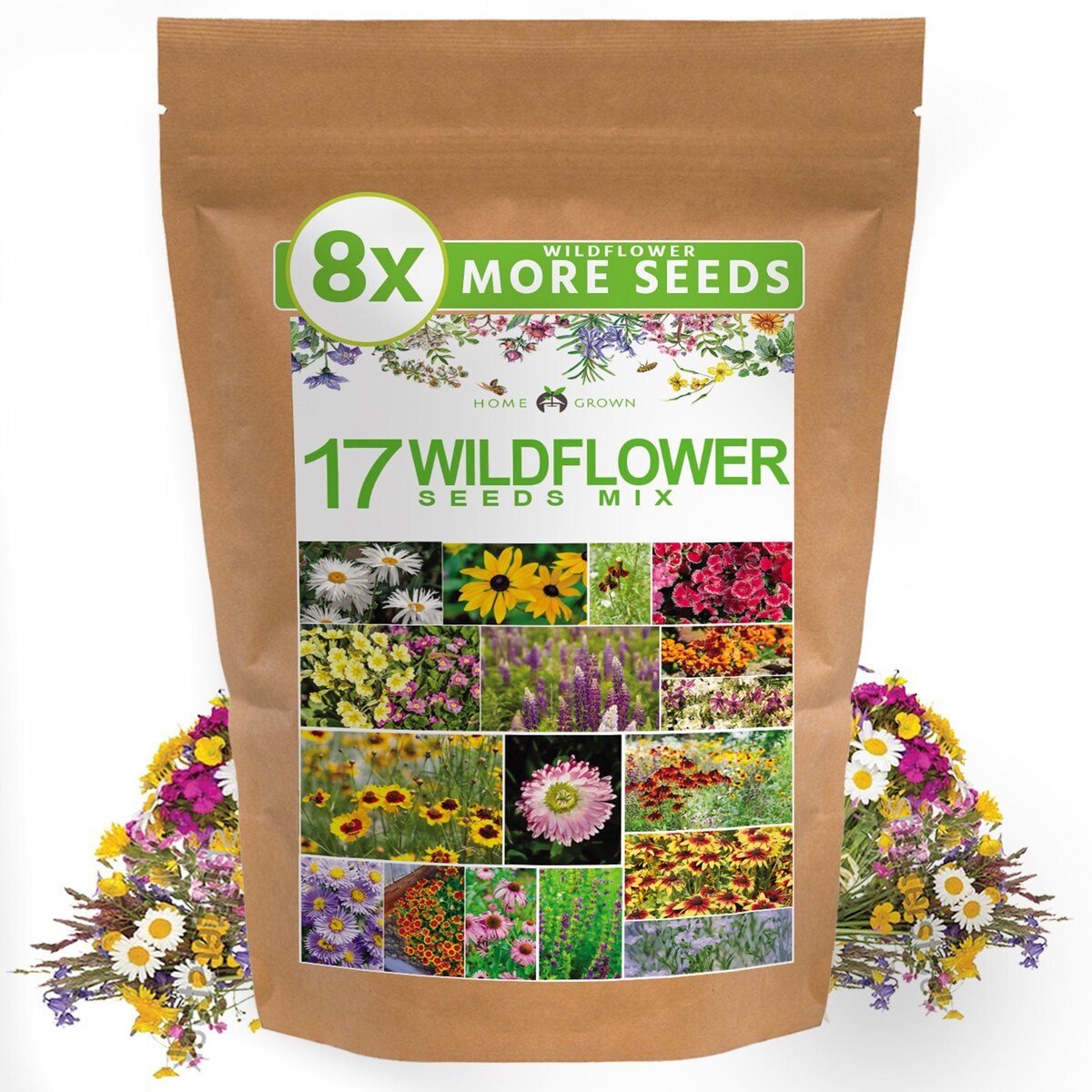
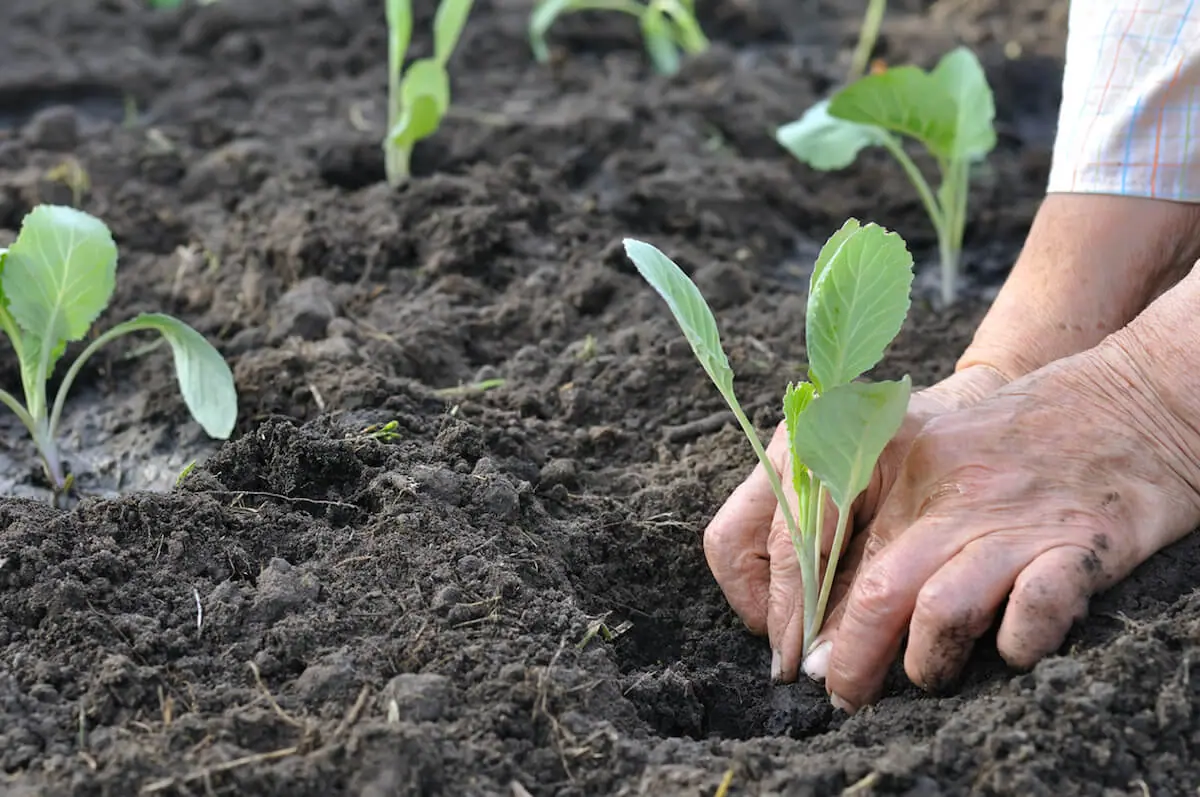
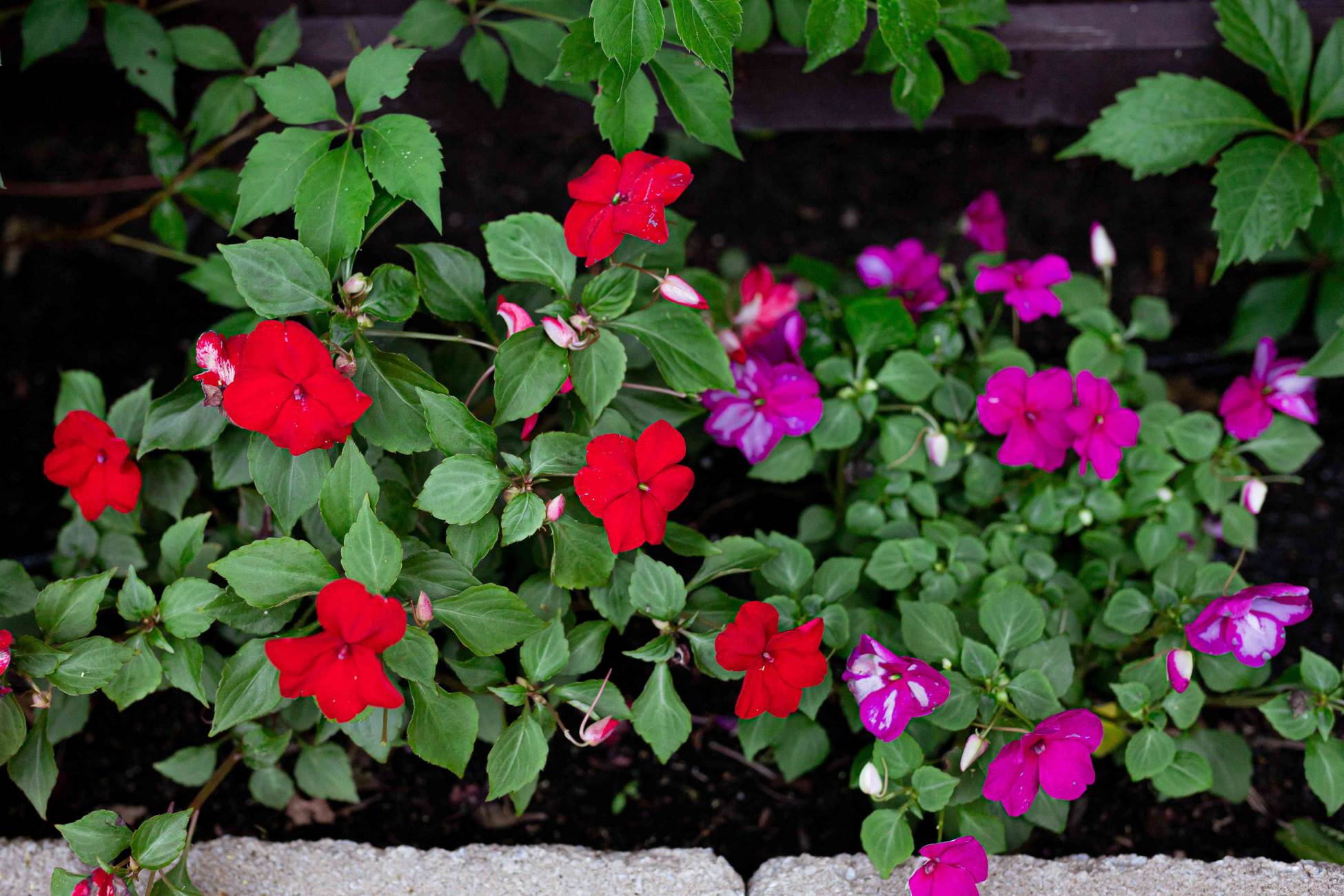
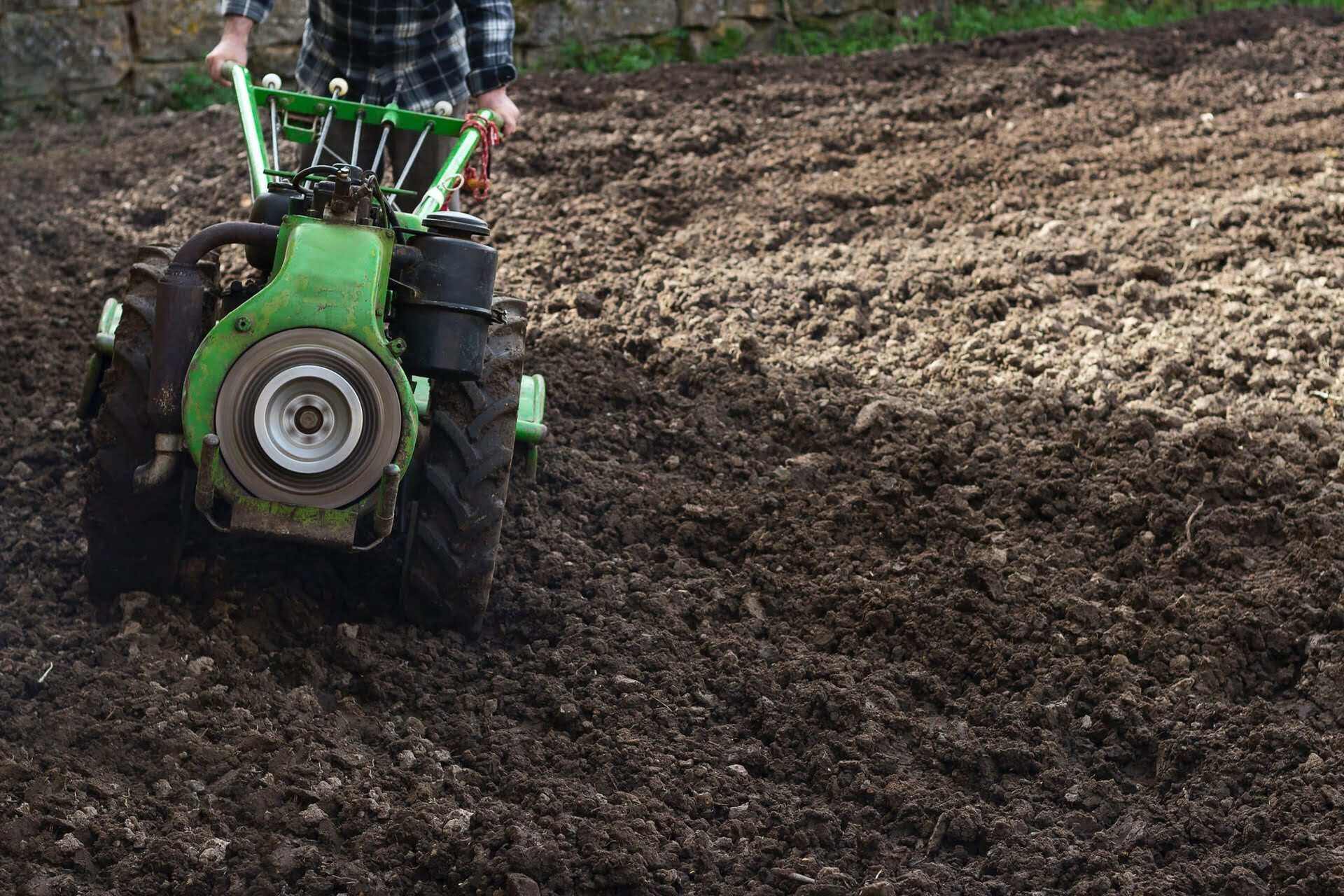
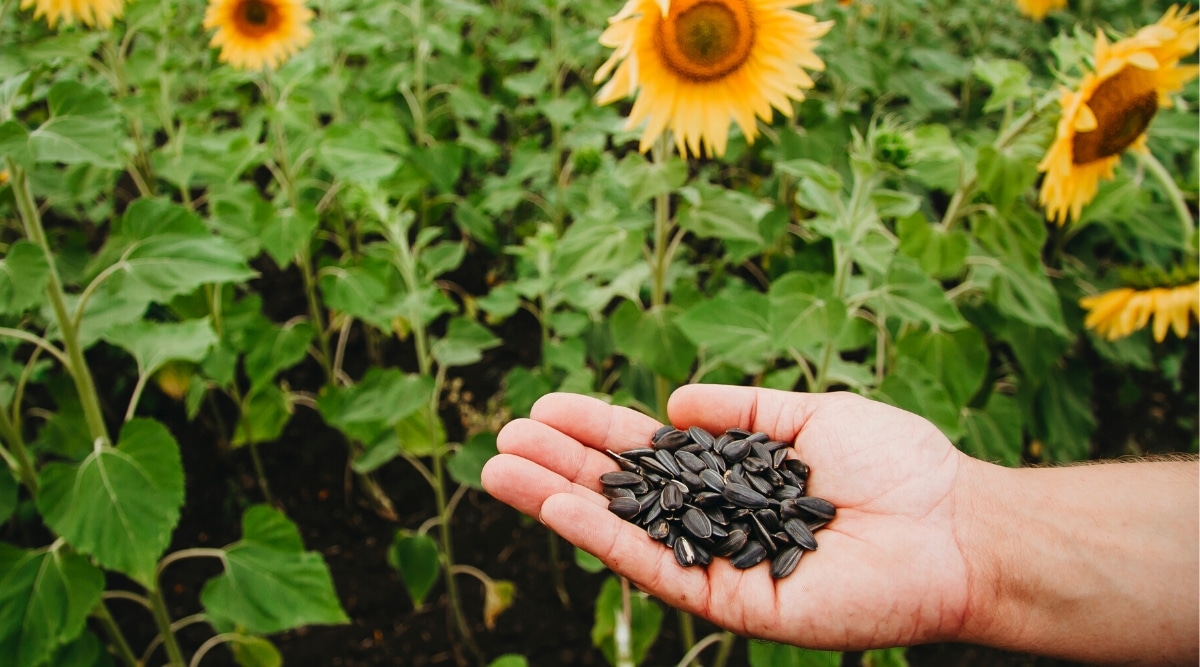
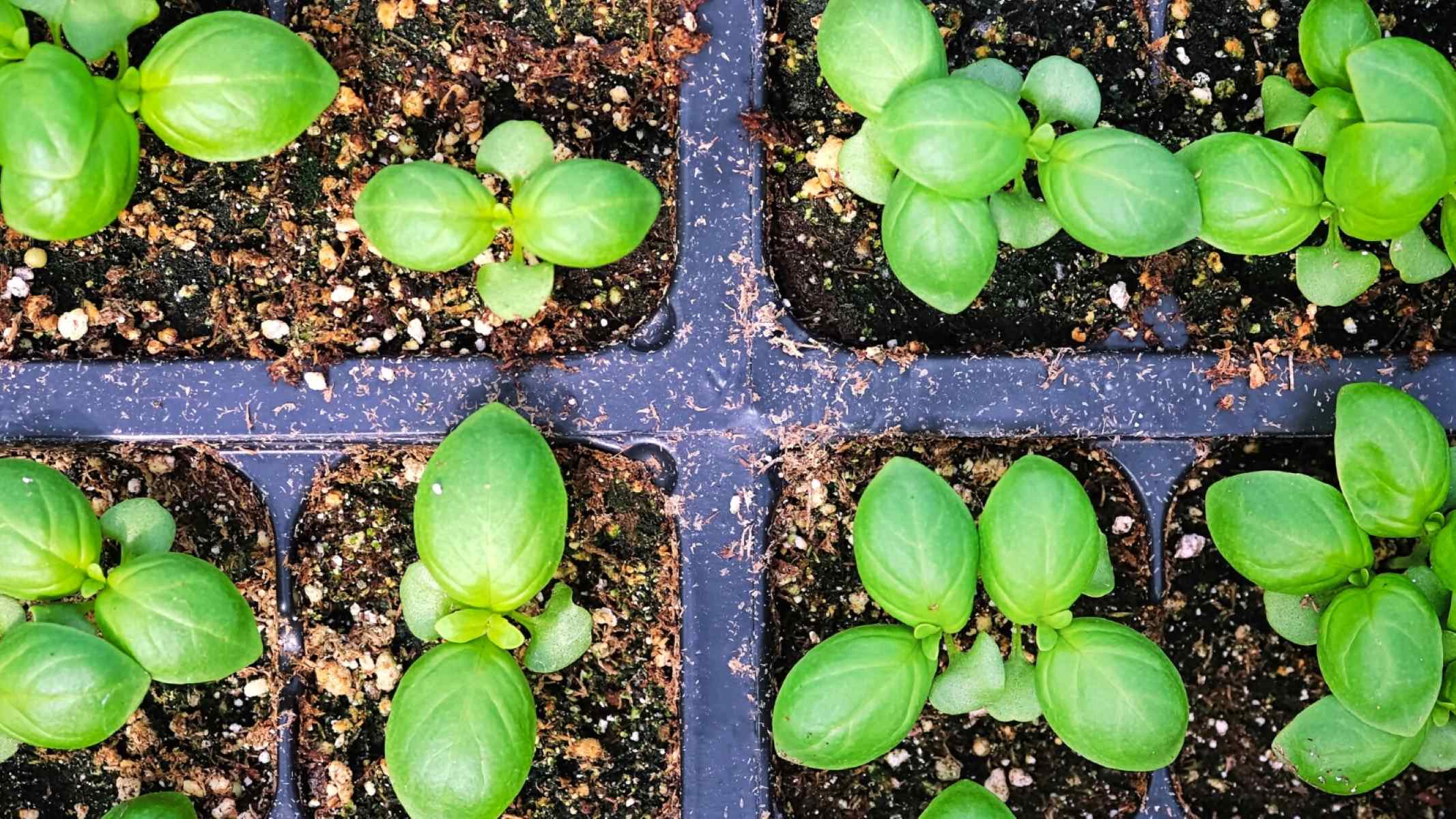

0 thoughts on “How To Sow Wildflower Seeds In Minnesota”